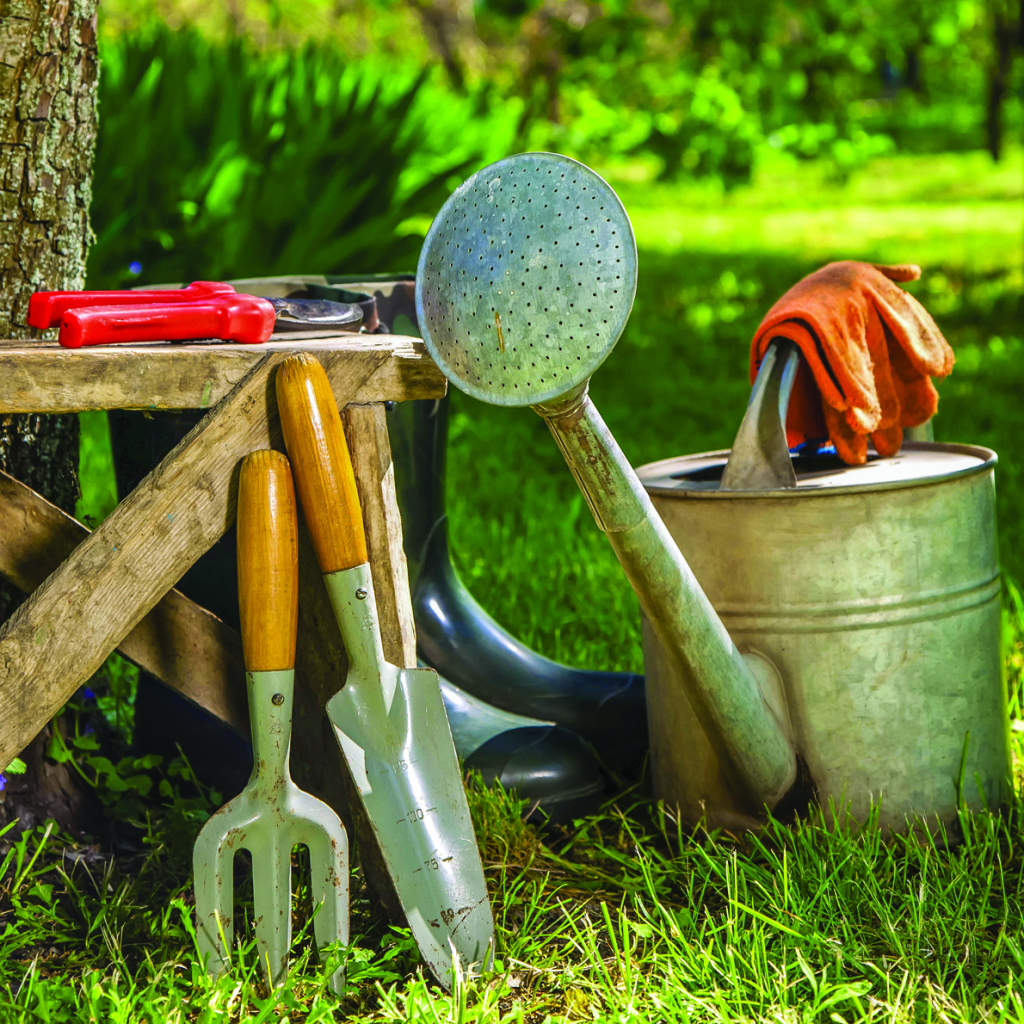By Master Gardener Volunteer Lesley Arrandale
mail@floridanewsline.com
As always, the weather plays a big part in our gardening exploits. After very dry conditions, in the second week of May we finally had a few inches of much needed rain. But as of mid-May we’re expecting near record high temperatures, so irrigation is still on my mind, and the hurricane season begins officially on June 1.
I’ve spent weeks regularly dead-heading coreopsis plants to encourage more flowers, as they were a good source of food for small bees and other insects. It was gratifying to take an early morning stroll and see those bees still asleep on the open flowers. Combined with purple spiderwort they made a pretty show. Sadly the plants suffered from powdery mildew for the duration of the dry weather, but with new green growth appearing I will cut them back hard and, with a little compost to revitalize them, I’m hoping that some will rebloom. If they fail to thrive, I’ll remove them and plant something else to attract pollinators.
Soil underpins everything, so when I heard about biochar as a soil amendment, I wanted to learn more. It is a byproduct of processing carbon rich waste from various sources. Producing charcoal from wood is one example. Depending on the waste material being processed, the resulting biochar has different characteristics. For more information, see An Introduction to Biochars and Their Uses in Agriculture (https://tinyurl.com/2rvatdd3). It’s a longish article, but there are some useful pointers for the home gardener. Basically, biochar can improve the water-holding capacity of soil, thereby reducing the leaching of nutrients, and it encourages a biodiverse soil biome (all of which contribute to a healthier more productive soil). It should be especially effective in sandy soils, which can suffer from those deficiencies; however, it isn’t an immediate remedy as it remains in the soil and works gradually over time.
Another article I found particularly relevant is Soil Health and Fertility of Florida-Friendly Edible Landscapes (https://tinyurl.com/5n83mr8p). It’s another longish article, aimed at the homeowner who wants to build a healthy soil. You’ll probably already be familiar with some of the information, but I found it was a useful and comprehensive reminder.
One rainy evening I was shocked to discover a large tree frog lodged up above my sliding screen door. It may have been an invasive cuban tree frog, but I couldn’t be sure. For future reference, I found this article: https://tinyurl.com/yjvktzbd. Unfortunately, they are quite damaging to our native wildlife. The article describes how to safely catch, euthanize, and dispose of them. Be careful when handling these frogs; they secrete an irritating slime so protective gloves are a must. Once you have caught one, it’s illegal to release it, so be prepared to deal with it according to the advice in the article.
If you have ever considered volunteering, you might like to join the ranks of the Master Gardener Volunteers. Perhaps you enjoy gardening but are unsure about your depth of knowledge? Whatever your situation, the MGV training program is set up to enable you to succeed. People have personal reasons for volunteering, but if you wish to give back, that can be all that’s needed. During your first year you’ll be required to give 75 volunteer hours. Those hours include working in the office answering phone calls and emails, and gardening in the office grounds to maintain the landscape. You’ll be encouraged to get involved in other areas and you can decide what could suit you in the longer term. In subsequent years, taking 10 hours of continuing education and volunteering for 35 hours will maintain your certification. For a general description of the state-wide scheme, see https://tinyurl.com/mu8sucnr. In Duval County, applications will open in June. Classes will be held every Tuesday morning in September and October. For more information or to get on the application list, email Tonya Ashworth, our Environmental Horticulture Agent, at t.ashworth@ufl.edu.





